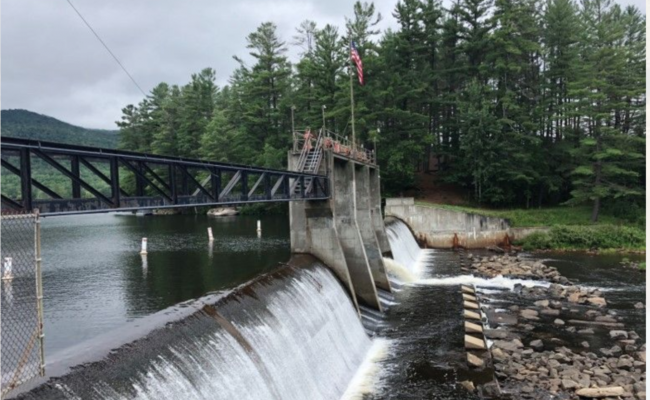Wind and solar projects along with their related renewable energy certificates RECs) are on the minds of energy generators, consumers and policy makers. This begs the question as to why hydropower and specifically low impact hydropower are not eligible to receive the same attention. A closer look at the issue reveals both the states and consumers have much to say about the technologies that qualify for RECs. In fact, low impact hydropower projects may qualify for RECs under some individual State Renewable Portfolio Standards (RPS) or the US Environ- mental Protection Agency’s (EPA) Green Power Partnership but not all.
This places the burden on a hydropower developer who believes that their project qualifies for a REC to either work with the relevant state agencies to determine the project’s eligibility and then with third-party validation organizations such as the Low Impact Hydropower Institute (LIHI) and the Center for Resource Solutions Green-e Standard (CRS)2 to be eligible to receive a REC. That may be difficult and expensive, because a state’s view of hydropower is based in part on past regulatory practices associated with the construction and operation of hydropower projects. Some states may understand this, but it may be difficult for them to make exceptions to existing rules and regulations even when a project’s operation changes and benefits environmental resources.
The process of obtaining RECs for a hydro- power project is complicated because the definition of “low impact hydropower” is not defined by federal law. In fact, many states and consumers automatically exclude hydropower because of its reputation as being threatening to the environment and aquatic life. In contrast, states and consumers readily embrace wind and solar as projects that would qualify for RECs even though the effects of wind farms on bird and bat populations and the large environmental land requirements of solar projects are well known. This author believes that rethinking the definition of low impact hydropower is long over- due. States and most consumers fail to recognize the significant changes in law and the Federal Energy Regulatory Commission’s (FERC) regulatory program and case law regarding US hydropower that have occurred since the passage of the National Environmental Policy Act (NEPA) of 1969. When these factors are considered, this author believes there are large numbers of hydropower projects that would qualify as “low impact” and ultimately qualify for RECs. If that occurred, hydropower could be recognized for its contribution in various state RPS programs and in the EPAs Green Power Partnership and play a larger role in the nation’s energy transition away from fossil fuel generation. This would benefit hydropower owners and companies wishing to decarbonize their organizations. Read the full article in the Climate and Energy Journal.

